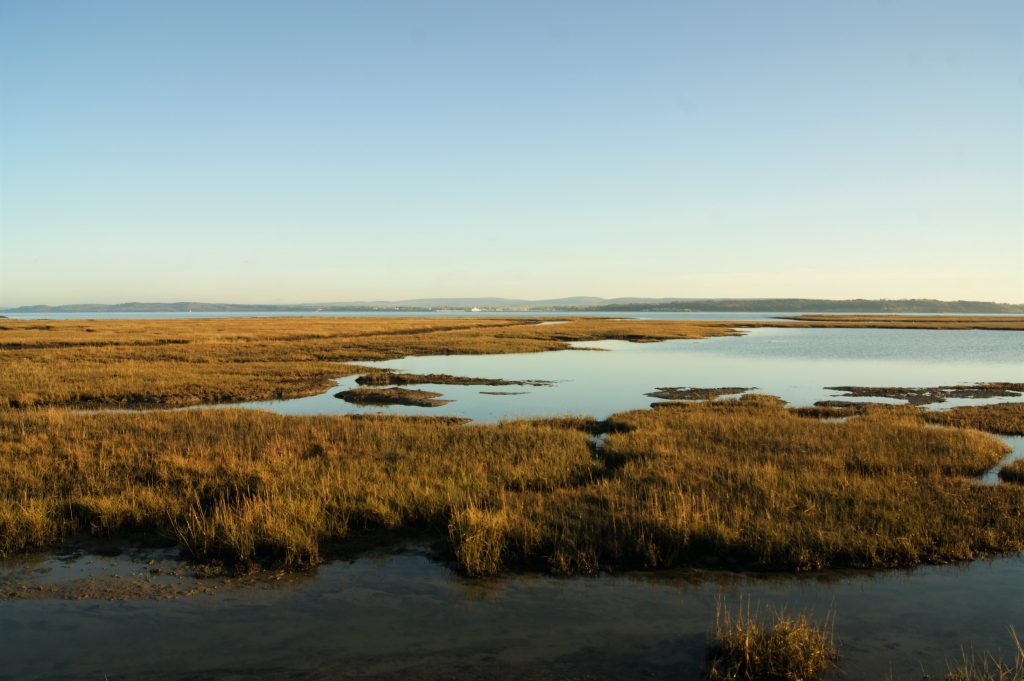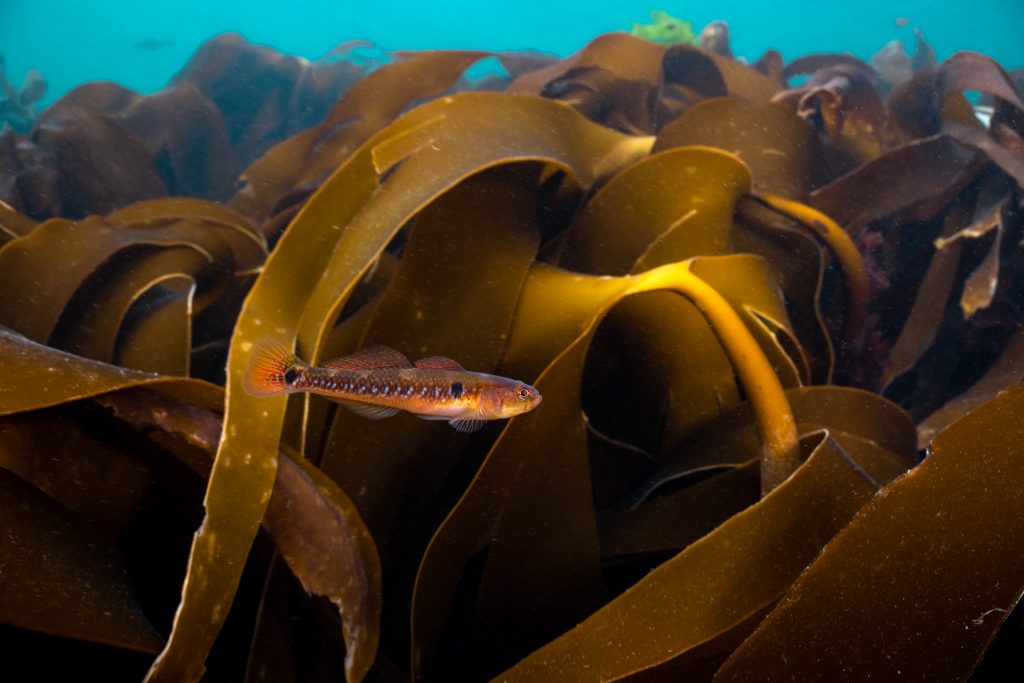Blue carbon, the carbon soaked up and locked away by marine habitats, represents an incredibly exciting opportunity for marine conservation and restoration.
Each of the major blue carbon habitats, currently recognised as mangroves, seagrass and saltmarsh, provide nurseries for marine life and extraordinary benefits to the communities that live alongside them. Each habitat is also, sadly, in severe decline.
When coastal wetlands are damaged or degraded they capture less carbon and release significant amounts of greenhouse gases – carbon dioxide, methane and nitrous oxide – that might have been stored for thousands of years. As such, the degradation of a third of global blue carbon ecosystems over the last 50-to-100 years has led to large scale emissions.
Governments can include blue carbon in national greenhouse gas inventories, and companies may be able to invest in blue carbon solutions at a scale much greater than philanthropic donations to marine conservation.
The publication of this Blue Carbon Report, authored by Blue Marine Foundation and University of Exeter aims to explore the global scale and opportunity for blue carbon habitats to act as a climate change solution, the benefits that this will provide and the consequences of degradation.
It considers the opportunities represented by the better acknowledged and understood blue carbon habitats in the United Kingdom (mangroves are present in the United Kingdom Overseas Territories), and it looks at more innovative forms of blue carbon such as macroalgae and sediment, both of which are research priorities that have been overlooked by science until recently.
The report examines the potential for blue carbon projects within UK waters and explore the emerging blue carbon market with the potential for such models to develop in the United Kingdom, while highlighting some potential projects and pitfalls that must be avoided.
UK blue carbon ecosystems sequester an estimated 11 million tonnes of CO2 a year, which is most likely a significant underestimation and equates to 2 per cent of all UK emissions. This corresponds to nearly 30 per cent of all CO2 sequestration achieved by natural ecosystems in the UK.

UK sea shelf sediment protects a store of 205 million tonnes of carbon and could sequester hundreds of thousands of tonnes each year. In fact, an Office for National Statistics report last year concluded that using conservative estimates seagrass, muds, sands and saltmarsh could capture 10.5 million tonnes of carbon dioxide equivalent each year, with a value of £57.5 billion. The report suggests this could be six times less than the real figure due to a lack of available data.
Download the Blue Carbon Report here.
The science of blue carbon is in its infancy, with gaps in evidence and quantification. The techniques to develop, verify and monitor blue carbon projects and their impact on biodiversity globally are still emerging.
The United Kingdom has a powerful opportunity to show leadership in creating a scalable voluntary carbon market that actively incorporates blue carbon.
As voluntary carbon markets become regulated and the ambition for net zero commitments accelerates, it is imperative that the market develops in an equitable and transparent way.
With trends predicting a growth in the global voluntary carbon market by up to 15 times in volume by 2030, and by a factor of 100 by 2050 along with a growth in value from the current $0.4bn to a staggering $25bn by 2030 the opportunity to act is now. Furthermore, about 75 per cent of the demand for credits will have to come from nature-based solutions, and due to the incredibly diverse range of benefits offered by blue carbon ecosystems they are poised to be able to enter the market strong.
BLUE recognises the opportunity for a form of credit that may not provide an offset in a conventional sense but builds in the incredible biodiversity benefits of conserving and restoring blue carbon habitats. When and if this could develop to include the additional carbon sequestered and stored by protecting whole seascapes remains an important question and a research priority.
Download the Blue Carbon Report here.

Photo Credits: Seagrass, Paul Naylor. Kelp, Henley Spiers.


















